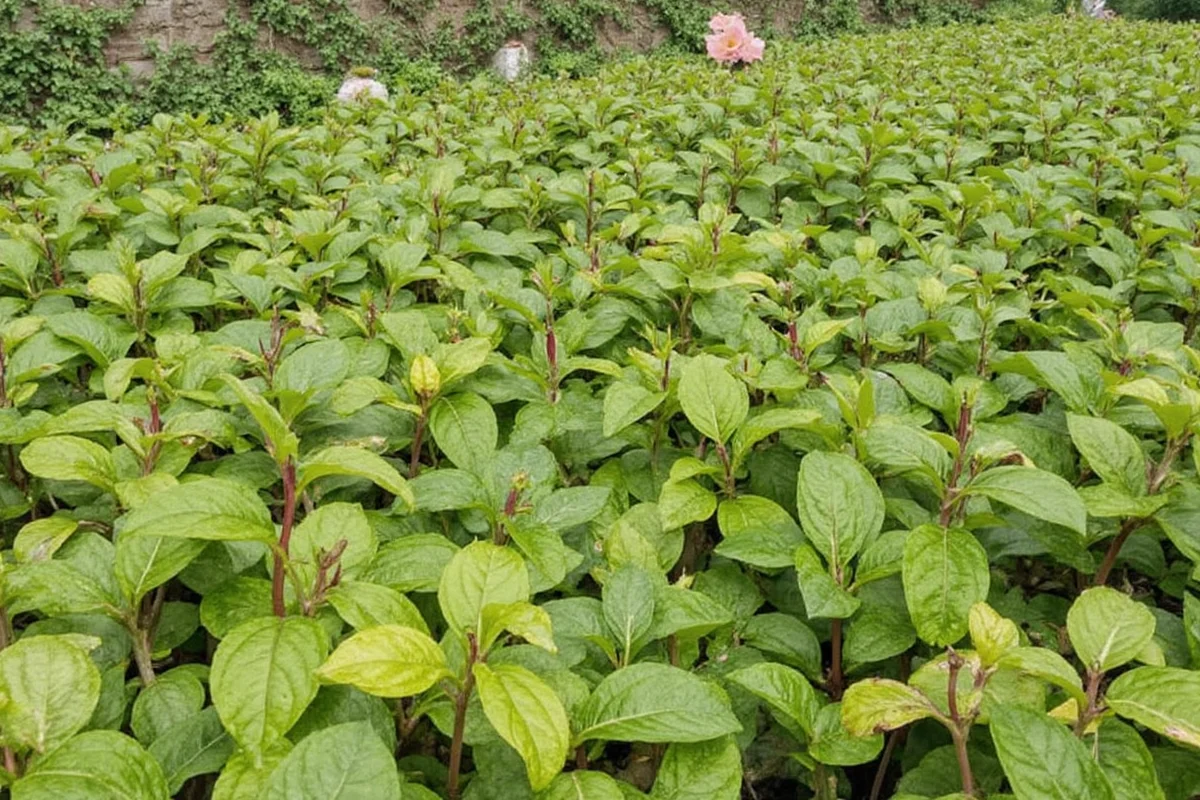Agave and aloe are two distinct types of succulent plants revered for their unique attributes and uses. Despite sharing a similar appearance, these plants come from different botanical families and offer varying benefits. Understanding the differences between agave and aloe can help gardeners, plant enthusiasts, and consumers make better choices for their gardens and personal use.
Botanical Classification and Appearance
Agave and aloe are often confused due to their similar spiky appearance, but they belong to distinct botanical families. Agave is part of the Asparagaceae family, while Aloe falls under the Asphodelaceae family. When it comes to appearances, agave plants typically have thicker, fibrous leaves that are often sharply pointed and grow in rosettes. Aloe, on the other hand, tends to have softer, fleshy leaves that sometimes bear tiny spines. Agave plants are known for their impressive size, with some species growing large enough to make significant impacts in landscapes. The leaves of agave are generally more fibrous and less gelatinous compared to aloe, which is famous for its juicy, gel-filled leaves. Aloe plants are usually smaller, making them suitable as houseplants and for more modest outdoor spaces.- Agave Family: Asparagaceae
- Aloe Family: Asphodelaceae
- Agave Leaves: Fibrous, pointed, often larger
- Aloe Leaves: Soft, fleshy, gel-filled
- Growth Size: Agave can be larger than aloe
Growing Conditions and Care
When it comes to cultivation, agave and aloe have similar requirements as they both thrive in well-drained soil and require minimal watering due to their drought-resistant nature. However, their native habitats differ, resulting in variations in temperature and light preferences. Agave plants prefer more arid conditions and often prosper in desert-like environments, needing full sun to partial shade. Their care involves protecting them from excessive moisture and ensuring they get plenty of sunlight. Aloe plants enjoy bright, indirect light and can tolerate slightly more humidity than agave. They are popular indoor plants due to their adaptability to average household temperatures. Gardening care for each involves understanding soil preferences, the need for drainage, and the appropriate watering schedule—critical factors influencing their growth and health.- Agave: Full sun, dry conditions
- Aloe: Indirect light, tolerates higher humidity
- Soil: Well-drained is crucial for both
- Watering: Minimal, avoid overwatering
- Temperature: Agave prefers more heat, aloe is adaptable
Cultural and Historical Significance
These plants not only serve practical purposes but also hold cultural significance across various civilizations. Agave has been integral to Mexican culture, primarily due to its use in producing tequila and mezcal, creating a rich heritage surrounding these beverages. Aloe vera has been celebrated purely for its medicinal properties, stretching back to ancient Egyptian times where it was renowned as a healing plant. Its applications range from skincare to treating burns, reflecting its historical importance across several cultures. Understanding the historical contexts of these plants can deepen our appreciation of their value beyond mere gardening interest.- Agave: Integral to Mexican culture, used in drinks
- Aloe: Ancient medicinal use
- Tequila and Mezcal: Agave based
- Skin Care: Aloe benefits
- Historical Importance: Both hold significant cultural roles
Uses and Benefits
Each plant offers a range of beneficial uses, serving differing purposes. Agave is primarily known for its sap, which is processed to produce sweeteners and alcoholic beverages. The fibers of certain species are utilized in creating ropes and woven products. Aloe vera, conversely, is widely recognized for its skin health benefits. It serves as a natural remedy for sunburn relief, wound healing, and as a moisturizer, known for its soothing properties. While edible aloe products exist, its primary appeal lies within the skincare and health industry. These varied uses highlight the divergent contributions of each plant to both industry and household.- Agave Uses: Sweeteners, alcoholic drinks, fiber products
- Aloe Uses: Skincare, medicinal properties
- Agave Products: Tequila, syrups, rope
- Aloe Products: Gels, creams, juices
- Primary Benefits: Agave sweetness and aloe's healing properties
Common Misconceptions and Clarifications
There are several misconceptions regarding these plants due to their superficial similarities. One common misunderstanding is the interchangeability of their uses or benefits. Agave's use as a sweetener often leads to assumptions about its health benefits akin to aloe, which is not accurate. Aloe’s compelling health benefits do not extend to agave, which should primarily be seen as a sugar alternative. Similarly, aloe plants are occasionally mistaken for agave in garden stores and vice versa, due to the misleading resemblance in their natural aesthetics. Clarifying these misconceptions can aid in making informed decisions about their applications and growing practices.- Misconception: Similar health benefits
- Incorrect Identification: Often mistaken
- Usage Confusion: Sweeteners vs. medicinal
- Health Benefits: Aloe, not agave
- Clarifications: Differences in uses and benefits
In conclusion, although agave and aloe may look alike, they are distinct in their classifications, growing conditions, historical significance, uses, and misconceptions. Knowing these differences is essential for anyone looking to cultivate these plants or utilize their benefits effectively. Both agave and aloe offer unique contributions to our lives, from cultural heritage to everyday practical uses.











 浙公网安备
33010002000092号
浙公网安备
33010002000092号 浙B2-20120091-4
浙B2-20120091-4